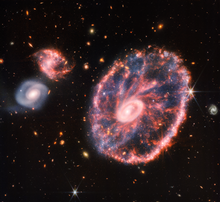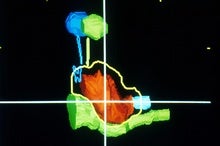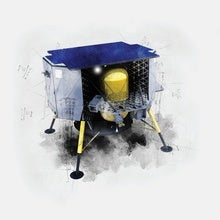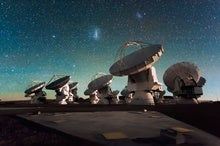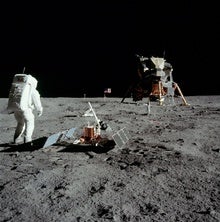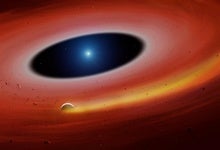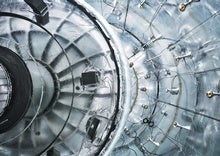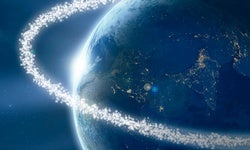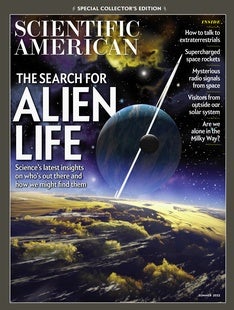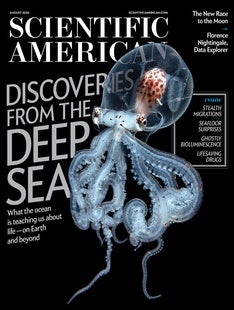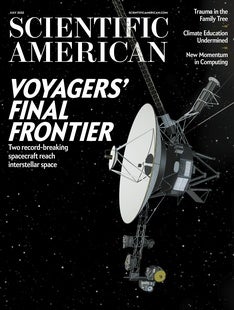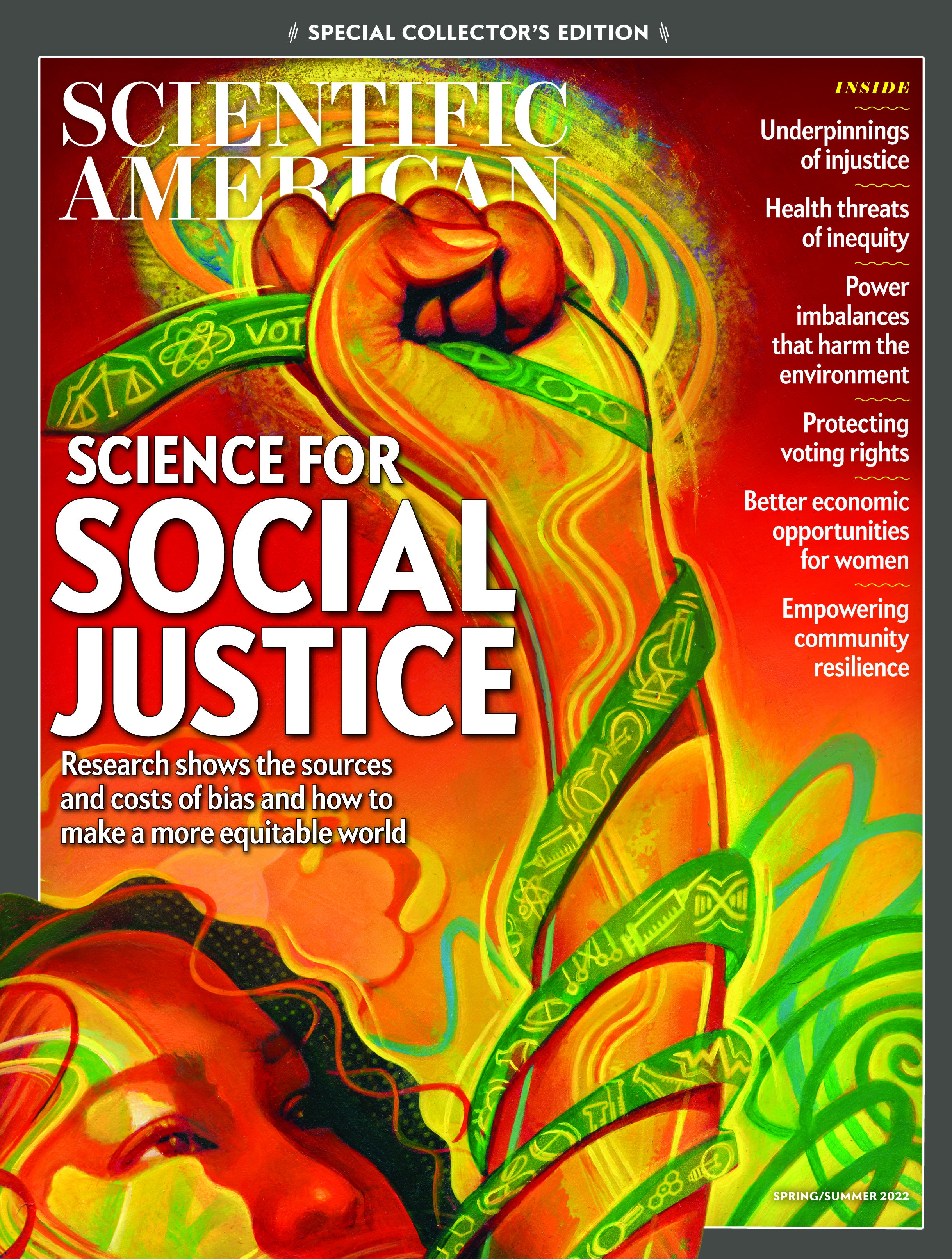 |
| August 04, 2022 |
Dear Reader,
Late last week, a 23-metric-ton upper stage from a Chinese rocket fell uncontrolled from space over the Indian Ocean. Most of it burned up in the heat of atmospheric reentry—and most of what didn’t plunged into the sea—but some sizable pieces did make landfall in locations scattered across Southeast Asia. No deaths or injuries have been reported from this event, but earthly risks from space debris are real—and growing. Our lead story explains why. Elsewhere, we have stories on practical uses for subatomic particles, spectacular new images from the James Webb Space Telescope, NASA’s plans for studying UFOs, citizen scientists going planet-hunting in virtual reality, and more. Enjoy! |
| |
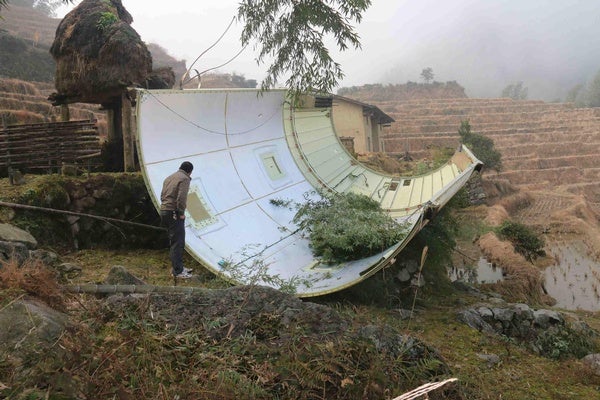 |
| |
| |
| |
| |
| |
| |
| |
| |
| |
| QUOTE OF THE DAY
 "At the end of the day, we want the space environment to be more transparent. What's up there? Who does it belong to? What can it do? It has to be more predictable. Right now we have no way to predict not just intended but the unintended consequences of our actions." Moriba Jah, space scientist at the University of Texas at Austin | |
FROM THE ARCHIVE
 | | | |
LATEST ISSUES
 |
| |
| Questions? Comments?  | |
| Download the Scientific American App |
| |
| |



